Austin English | February 28, 2025
Some artists have something to give us because they define a certain line quality that their predecessors did not reach. If one admires drawing, you appreciate the painful apprenticeship an artist undertook to come to a new and skillful kind of line, the hours of practice, the fight for a new and earned beauty – a beauty that no one really asked for (because they did not know it could exist until it was realized), but enthusiastically accepted once given. In our lives as receivers of art, as people who take images in and attempt to make something of them within ourselves, this kind of offering cannot be discarded, though we must not overvalue it beyond what it really is, a mere stocking stuffer. Perhaps a stocking stuffer of rarefied value, from a particularly coveted boutique shop, but ultimately forgotten hours after unwrapping, because there is nothing we can do with it, really. In comics, we create worship cults centered around a line that gives us only finery, free of anything of use in our lives as thinking and feeling people. Think, Peter Arno, Noel Sickles, Joe Kubert.
Then there is the other kind of artist, one concerned with refining their line not for graphic innovation alone, but because they live outside of daily life. Something has happened to them, there is a schism between how they live and what is allowed. Their line will be used to express something about this. The finer the drawing, the more clearly, or the more seductively, their state can be presented to a viewer. Here, the gift is not accepted so easily, but it is at least confronted. Today, this schism will often be etched into the work itself, a readymade glyph: "I am this kind of person and I have defined my otherness and I want you to know that, because stating this is clear and seductive enough."
There was a time, though, in the middle of our last century, where the inversion itself was not readily confessed to by the people caught up in its clutches. Instead, every corner of their expression was charged with an awareness of the world as it was, a deeper awareness earned than most everyone else had, because full knowledge of the systems totality was demanded so as to avoid punishment for that careless admittance of otherness, which could be betrayed simply by living. If a person of this type was that rare individual fearless of reprisal, knowledge of life's stern contradictions was still to be instructed by force even if the yoke could be withstood, as daily life would be lived alongside an awareness of a dignity denied.
Some know this from their first breath, others will live free and die apart from it. Be it economic, racial or sexual otherness, deep knowledge of the corner pockets of daily life is, yes, one of the harshest penalties on offer. For those artists unable to meet what their given cultural and political and social moment demands, it is also an exhaustive education, a topographic map of the your fellow man's concealed but true intentions. These coordinates are unavailable to even the most ardent student.
Consider the following artists, all born in the 1920s: Frank O'Hara (born 1926), Bill Cunningham (1929), Ray Johnson (1927), Jasper Johns (1930), and Edward Gorey (1925). All shared a reluctance to focus their art explicitly upon a certain identity, one that was impossible to live under at this time without gaining a mark and scar. Many of them deleted this identity not solely in their art but in their lives as people as well. They became full people, instead, in their art, though still not free of subversion of the self. We can suggest, though, that in this a truer self emerges, one not confined to earthly compromise. A hyper awareness and hyper productivity to counter reality with an art that is total: totally consuming and opposed to indifference, even indifference in detail that would be mere tasteful decoration from most anyone else (again, think Arno, who was wholly comfortable and in league with the airless and rigid social rules of the age he lived in) is a thread we see in this group. Another is life lived away from the plane of equality where most others live. Friendship, intimate communication, they become a sort of game, an art game.
Let us be crystal clear though, this is not a game to pass the time, or one played without soul, with ironic detachment. No, quite the opposite. Interaction, of the kind that should be and is a right for most, has been denied here, so instead its notes will be played in art, and to disguise the urgency, it will be played. The volume will, in fact, be higher, more overpowering and more felt in this game than elsewhere, as the denial has given way to a knowledge beyond what is known to those who live with assurance and protection of a right to the human project.
 The first envelope Gorey sent to Fitzharris, in 1974.
The first envelope Gorey sent to Fitzharris, in 1974. The back of the first envelope.
The back of the first envelope.This is what I see when I look at Edward Gorey's illustrated correspondence with Tom Fitzharris, recently published by New York Review of Books. Fitzharris met Gorey through collecting art, and began a friendship with him, the details of which are calm and recognizable: shared interests, dinners, conversations. The envelopes that Gorey sent to Fitzharris go farther than the details Fitzharris relates. Forty of the fifty envelopes reproduced here feature interaction between two dogs, both adorned with the letter T, for Ted (Edward) and Tom. When Gorey writes to Fitzharris and draws these animals, the envelopes are of an undeniable quality and unique intensity. The ten envelopes where Gorey resorts to more general themes (his Edwardian humans) are not particularly noteworthy. Though they are excellent drawings, they show Gorey as the first rate illustrator he was more than they reveal Gorey as one of the 20th century's greatest artists, which he also was. The T and T canines are on par with his most consequential works. Gorey draws a friendship, free of cloying tenderness, but also devoid of glazed sentiment. Companionship here is not so much "valued" as it is felt.

Anyone with passing knowledge of Gorey knows of his practice of "leaving things out," a total rejection of the Henry James style, which charts all possible mental fluctuation a subject's mind might register. Here, the prosaic details of our two figures care for one another, the reportable facts of a relationship are not in play. The images are often spun off from events that Fitzharris and Gorey experienced together, but even with this as an anchor, they resemble something else. If translated into prose, they would be obscure and unrecognizable as having anything to do with human connection (two dogs, with their backs turned to each other, spinning plates, for instance). When made visual, though, they begin to show intimacy, but of a particular kind. These dogs are engaged in physical movement, in tandem, though mostly (with a few exceptions) while objects separate them, or props obscure their ability to face each other dead on.

Gorey's genius – what will make his art last – is how he drew poses, how he expressed the subtlest of human gesture. In the envelopes reproduced here that do not feature T and T, the stances are lesser Gorey, containing very little of note to anyone reasonably familiar with his art. The drawings of Gorey and Fitzharris as dogs were made with care, Gorey clearly engaged, limbs and gait rendered in top form. In one envelope, they place their hands on a delicate flower, both supporting it and resting on it all at once, and they do so together.

 A note from Gorey included in the above envelope.
A note from Gorey included in the above envelope.In another, one of our Ts is wrapped in a brightly colored cloth, which contains most of Fitzharris address, while the other holds a small bath towel with the remaining information, Fitzharris' zip code. Our T in the cloth is nimble, free, dancing. The other T stands motionless. They complete the address in contrast, a seamless Gorey balancing act. Inside this envelope, Gorey includes a quote from the Swiss moral philosopher Amiel, which reads "Nothing real is simple." The care Gorey put into these envelopes is not simple and it is not what most people do, but it is sincere and it is real. I do not mean simply the act itself, his great skill employed for a pursuit beyond money or prestige, applied to correspondence that he had no expectation of anyone seeing but this friend, though there is that. It is also the game (played for keeps) of feeling expressed indirectly, the game of saying something that cannot be said in life, but which is of great concern for this particular American artist born in this particular time. And so it is said with care that transcends treacle, with focus and precision. But what is the "it" here? What of consequence is being said, exactly?

I can try to answer as best I can, without defying what makes Gorey's art what it is, the quality of being about something other than what it presents itself as. Gorey famously stated, "I look like a real person, but underneath I am not real at all." This quote is, I fear, laughed off as an example of Gorey's wit. I see something else, an admission of his existence happening somewhere other than live and in person. Fitzharris says that his experience of Gorey was never gloomy, that he "loved to laugh, often at himself. When I think back on that time with Ted, that's how I remember him: laughing." I was moved to read those words in Fitzharris' introduction to this book. Gorey was a real person, a physical and loved presence for those in his life, but I cannot dismiss his stated feelings of nonexistence. The envelopes are of a different color than the laughter, and much of the actual friendship itself, that Fitzharris recalls. What to make of this greater texture in the envelopes than in what Fitzharris relates to us of the actual and rather casual circumstances of a friendship that dissolved into an acquaintanceship? I recall lines written by one of Gorey's contemporaries, Ray Johnson (only two years Gorey's junior), whose life was also a high-stakes game, the play of which was required by the circumstance of who Johnson was. Johnson, on the occasion of his own meticulously planned suicide, wrote a comic about the Warhol superstar Andrea Feldman. In Johnson's telling, Feldman is in pain. She says, "No one takes me seriously because they think of me as a joke." Her friends stand by "helpless, as her self-inflicted sufferings became reality and we were not able to do anything about it." Johnson concludes by stating, bluntly, that "Andrea was loved, and you can see this in the shocked expression of her friends, who cannot believe she came to this."
Johnson is an artist who rarely spoke so directly, but did so at the end of his life, and chose to speak about friendship, albeit friendship marred by a tragic lack of recognition, which we then must confront as an aspect of Johnson's life just as we are told it is what undid Feldman. In a documentary on Johnson's life, a friend states that they did not really know Johnson at all, even after decades of intimacy. This friend then reveals that they've recently identified an abstract piece by Johnson as not really so abstract: it is, in fact, a conceptual self portrait. The information of the person Johnson was is in that painting and has been made available by the artist if anyone cares to find it. Johnson appeared unknowable to everyone but those who played his game with him, a game he desired you to play above all else: engaging, seriously, with his art.
What is left out in every Gorey work is Gorey himself. If he briefly appears as an image, he remains hidden as a person. In keeping with his most deeply held philosophy of art, he is made available despite this absence. In this book, he plays his cards closer to presence than any other I've read.


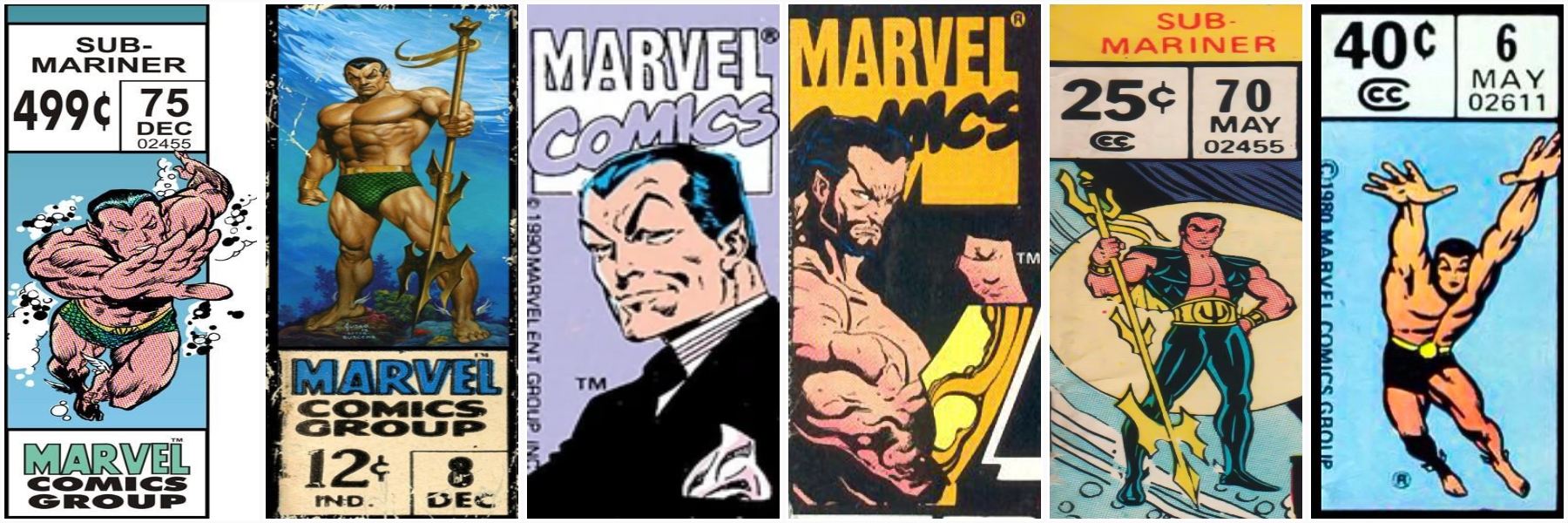


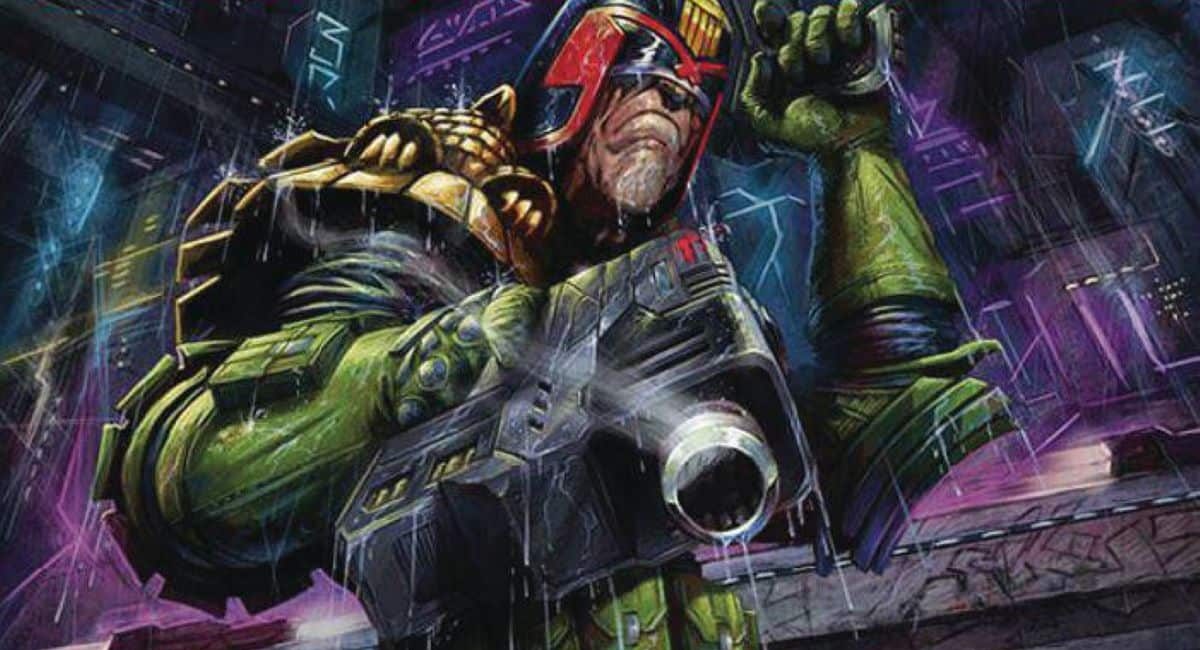
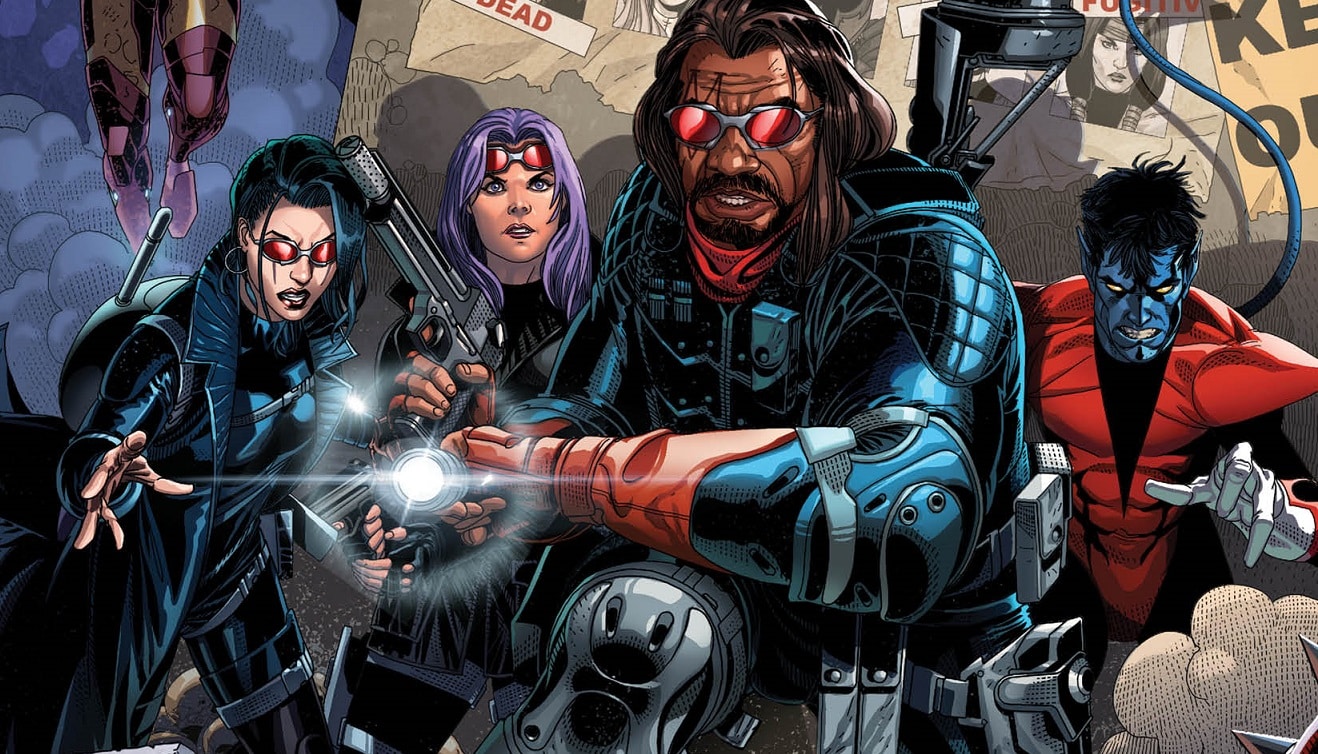




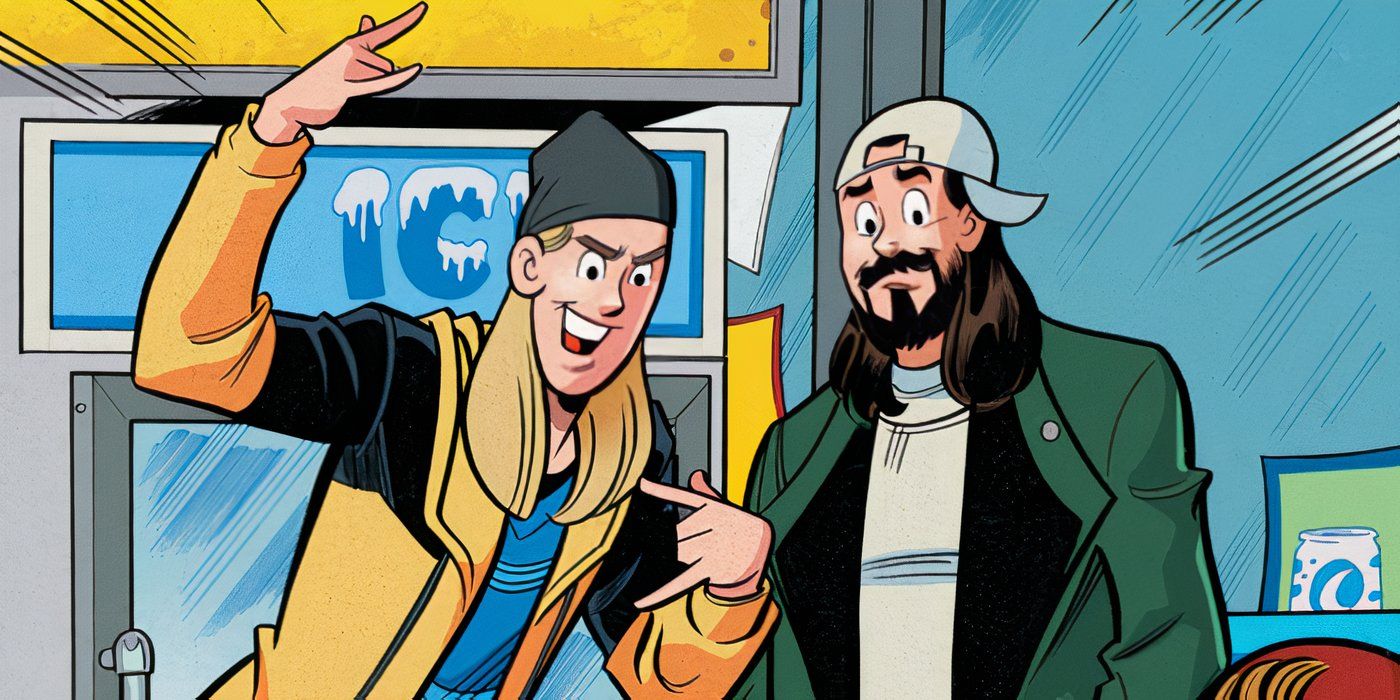

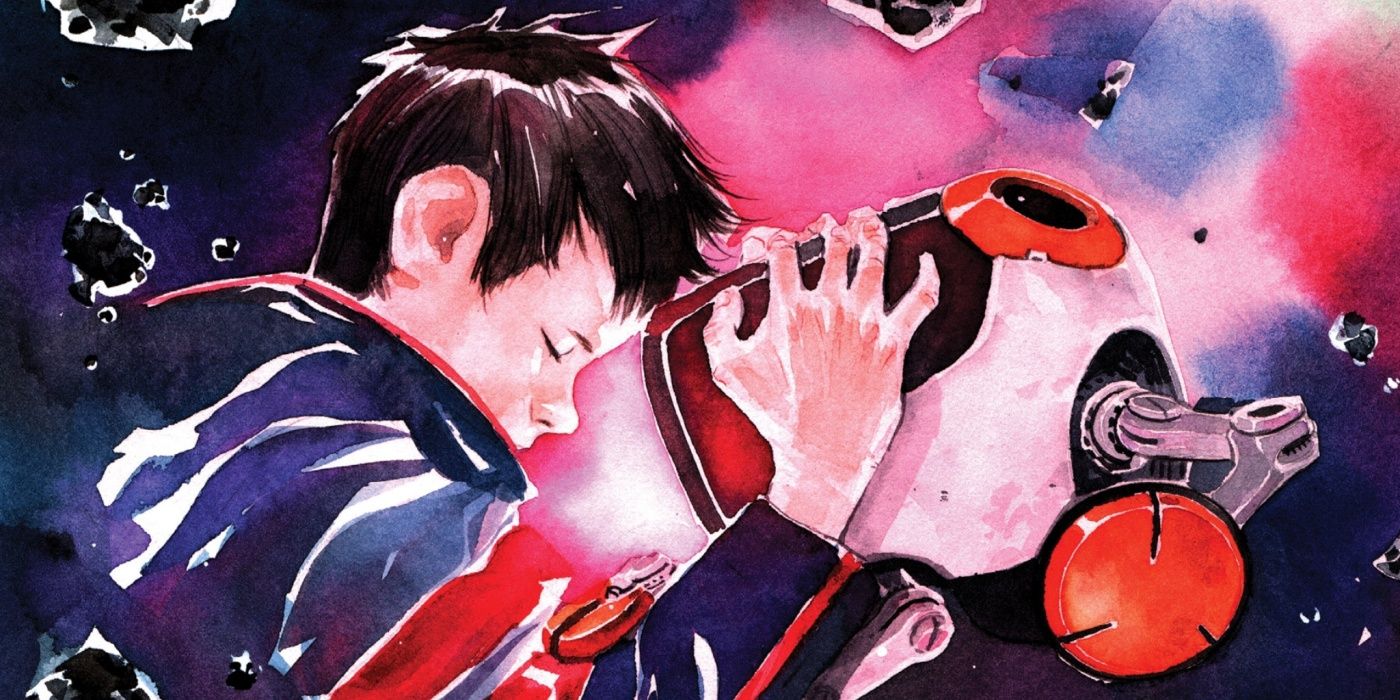


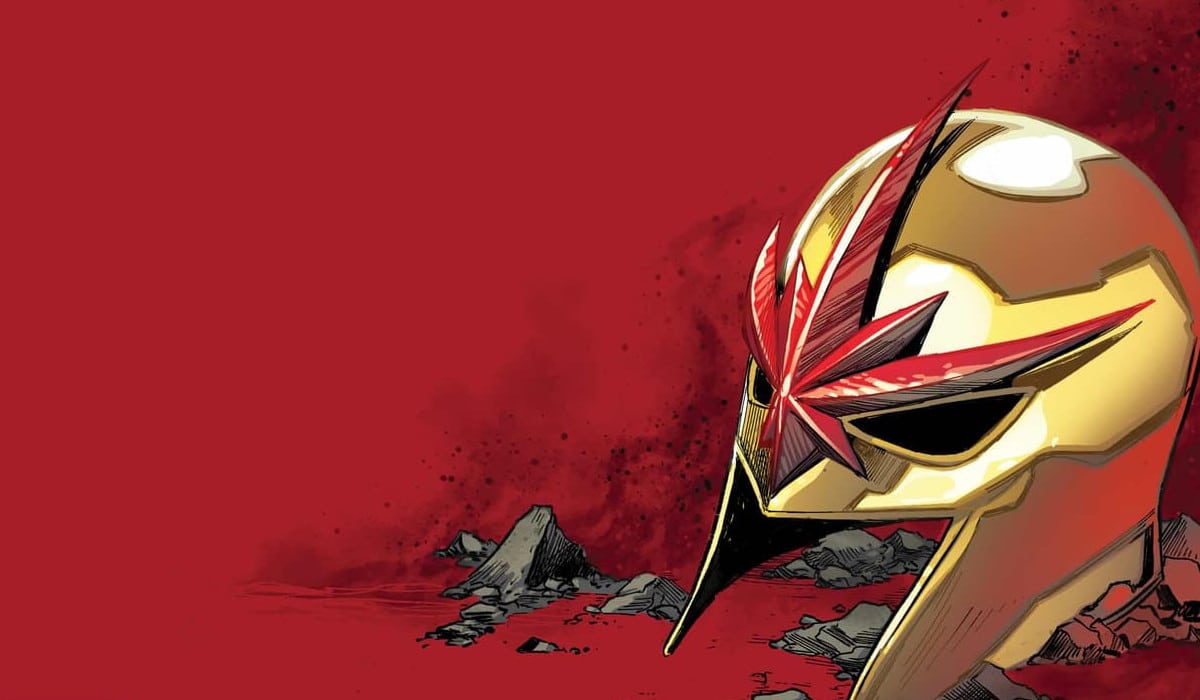

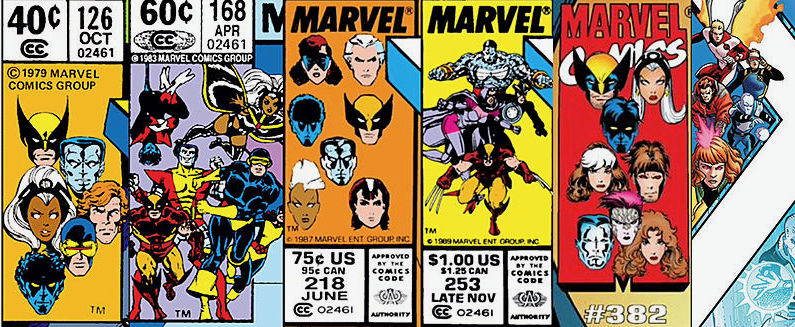

 English (US) ·
English (US) ·